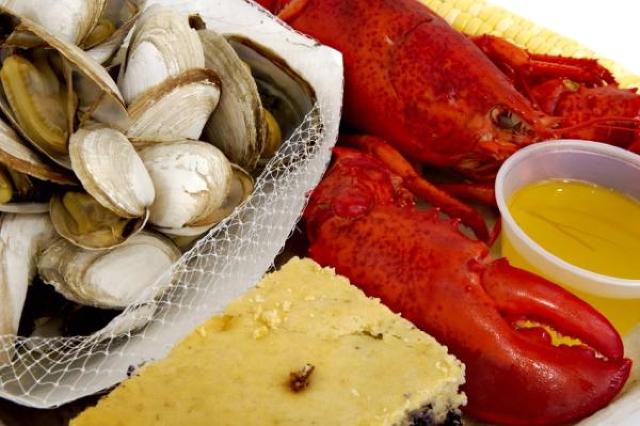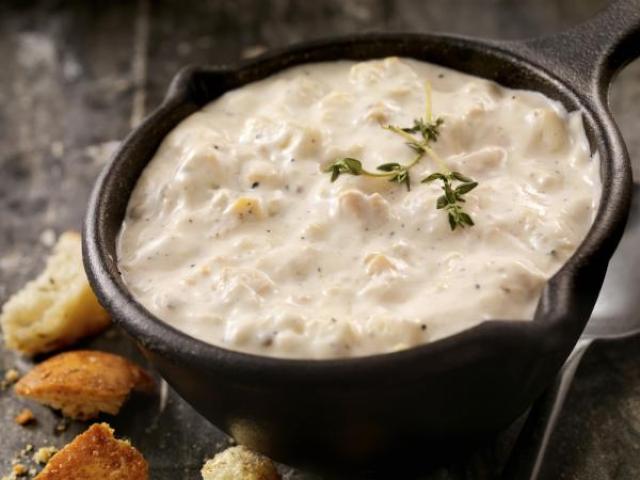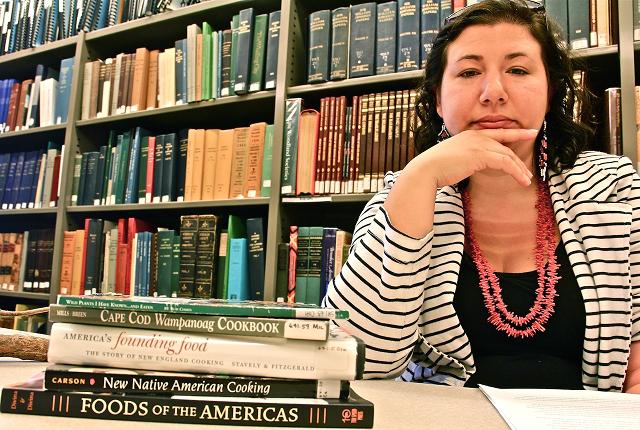 |
Canku Ota
|
 |
|
(Many Paths)
|
||
|
An Online Newsletter
Celebrating Native America
|
||
|
August 2017 - Volume
15 Number 8
|
||
|
|
||
|
Clam Chowder, Corn,
Lobster: Fourth Of July Summer Classics Are All Native
|
||
|
by Christina Rose -
Indian Country Today
|
||
|
New England
Clam Chowder would have been better named Indigenous Chowder
The most classic Fourth of July foods are based in authentic Native cuisine, but for the first 100 years after the pilgrims arrived, they wouldn't even eat the foods Europeans now claim as their own. That's right. New England Clam Chowder would have been better named Indigenous Chowder, according to Lorén Spears, Narragansett, executive director of the Tomaquag Museum in Exeter, Rhode Island. And turkey was only part of the first Thanksgiving feast. A clambake steeped with shellfish, including succulent lobsters, was also served on that dubious day.
According to History.com, lobster was so prevalent in New England waters, they washed up on shore in piles two-feet deep, and Northeastern Natives used them for bait and fertilizer, or steamed them to delicious perfection in a plush bed of seaweed. The crusty crustaceans were so abundant, New England colonizers considered them best served to the poor. Prisoners and slaves were the unlucky diners, as were lofty servants who wrote into their contracts they could only be served shellfish twice a week. It wasn't until the 1880s that people in New York and Boston started appreciating lobsters for the delicacy they are, and so of course, they raised the prices. Today, lobsters fetch about $10 a pound and an average serving of lobster weighs between a pound and a half to two pounds. In 2013, according to Woodsman.com, Maine lobstermen hauled in close to 126 million pounds, the second highest amount since the Department of Marine Resources began keeping records. But lobster wasn't the only shellfish snubbed by the settlers. In America's Founding Food: The Story of New England Cooking authors Keith Stavely and Kathleen Fitzgerald wrote, "The Indian enthusiasm for clams undoubtedly lowered their value in English eyes," and were often served to pigs. It wasn't until the 1740s that clams were included in "the edible and enjoyable category," and two decades after that, the founders of Plymouth's "Old Colony Club" realized that the hard and soft shelled mollusks were plentiful, delicious, and worthy of praise. The "clam had secured a place … on a par with venison, apple pie, eel, and oysters," wrote Stavely and Fitzgerald.
While corn did not suffer a similar snubbing, in the pilgrim's first cookbook, American Cookery by orphan Amelia Simmons, it was referred to as "Indian" food and in traditional European fare, "Indian meal," or corn, replaced oats in several recipes. America loves to discover things and call them their own, and too often credit is not given where credit is due. Mohegan foodie and essential oil specialist Rachel Sayet smiled wryly and said, "Our people in this area (New England) ate clam chowder long before the colonists came, but they still look at it as Yankee food. It is still one of the most popular Native foods in New England, and we are really proud of it. We love to say that it is one of our foods." If you would like to enjoy the ancient indigenous clambake, you can order it online. One site offers a meal of lobsters for four, four pounds of steamer clams, and clam chowder for $150 — quite the hike in price from when Natives would simply forage for them. Make some cornbread and serve root beer at your clambake to celebrate yet another Native tradition, minus the bubbles. Root beer originated from New England's sassafras tree, the first tree exported to Europe from the New World. It is still used in Native circles for its tastiness and healing properties. Mother Earth News reports it can be used as a blood purifier, to reduce fevers, relieve eye irritation and act as a disinfectant in dental surgery — it has even been thought to cure syphilis and gonorrhea.
Tomaquag
Museum |
||||||||
|
|
|
|
||
|
|
||
| Canku Ota is a free Newsletter celebrating Native America, its traditions and accomplishments . We do not provide subscriber or visitor names to anyone. Some articles presented in Canku Ota may contain copyright material. We have received appropriate permissions for republishing any articles. Material appearing here is distributed without profit or monetary gain to those who have expressed an interest. This is in accordance with Title 17 U.S.C. Section 107. | ||
|
Canku Ota is a copyright ©
2000 - 2017 of Vicki Williams Barry and Paul Barry.
|
||
 |
 |
|
|
The "Canku
Ota - A Newsletter Celebrating Native America" web site and
its design is the
|
||
|
Copyright ©
1999 - 2017 of Paul C. Barry.
|
||
|
All Rights Reserved.
|
||



